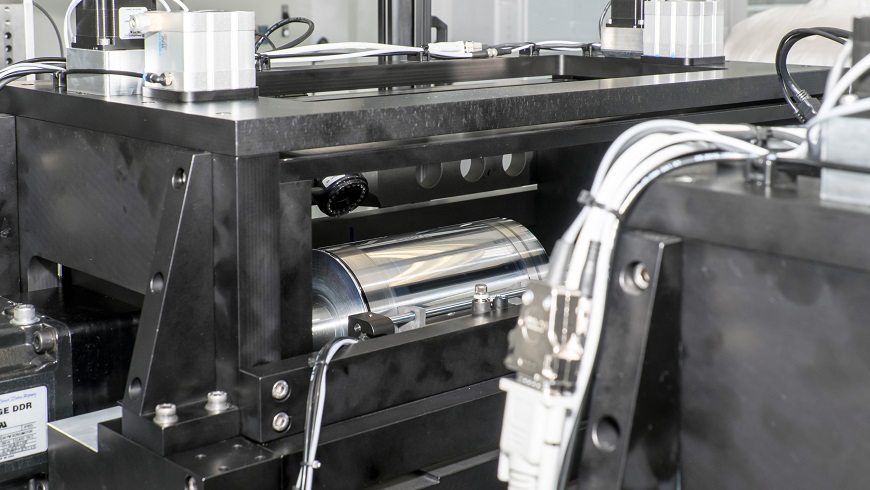Printed electronics are an emerging technology, according to a press release from the Swiss Federal Laboratories for Materials Science and Technology (Empa). There is great potential for this technology in the Internet of Things, in particular. For example, simple sensors on milk cartons could indicate when the contents are no longer consumable or sensors on frozen products could signal whether the cold chain has been interrupted.
Researchers at Empa in Dübendorf intend to work together with researchers from the Paul Scherrer Institute (PSI) and the Swiss Federal Institute of Technology in Lausanne (EPFL) to advance technologies in printed electronics. In their joint research project, they plan to print thin-film transistors on paper and PET films. A number of challenges must first be solved. These include the composition of the ink, the accuracy of the printing technology and the thermal curing of the layers without damaging the paper or film.
Thanks to the possibilities offered by the Coating Competence Center (CCC) at Empa, the results of the two research groups are not limited to the laboratory. The CCC enables the gap between laboratory research and industrial production for coatings to be closed, Empa explains.
“The printing technologies developed are based on equipment with which industry is already working,” said Yaroslav Romanyuk from the Laboratory for Thin Films and Photovoltaics. This enables a rapid transition from scientific breakthroughs to the industrial production of new printed electronics.
Related news
Contact us
Can we put you in touch with a peer company or research institute? Do you need any information regarding your strategic expansion to Switzerland's technology and business center?
info@greaterzuricharea.com
